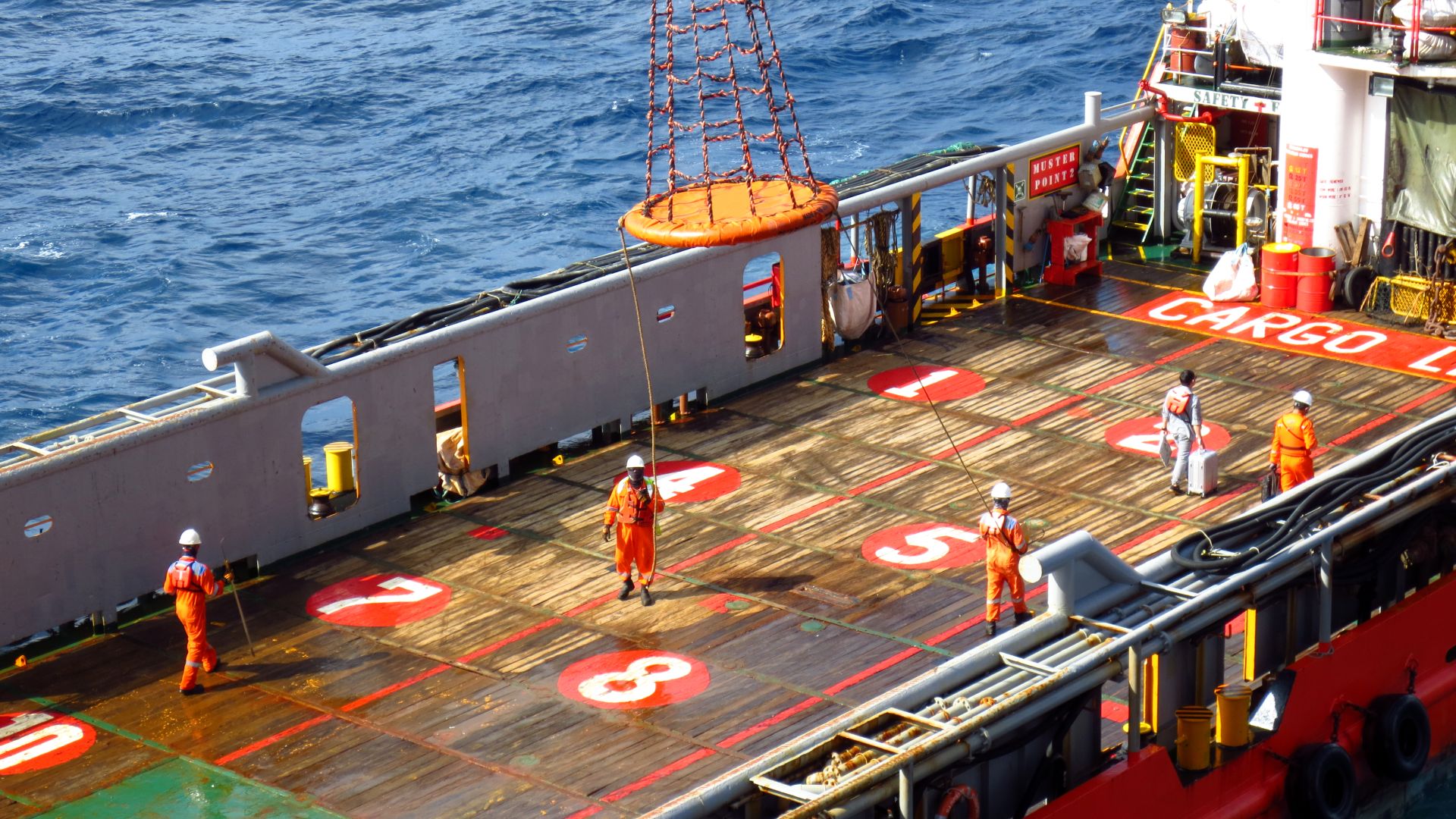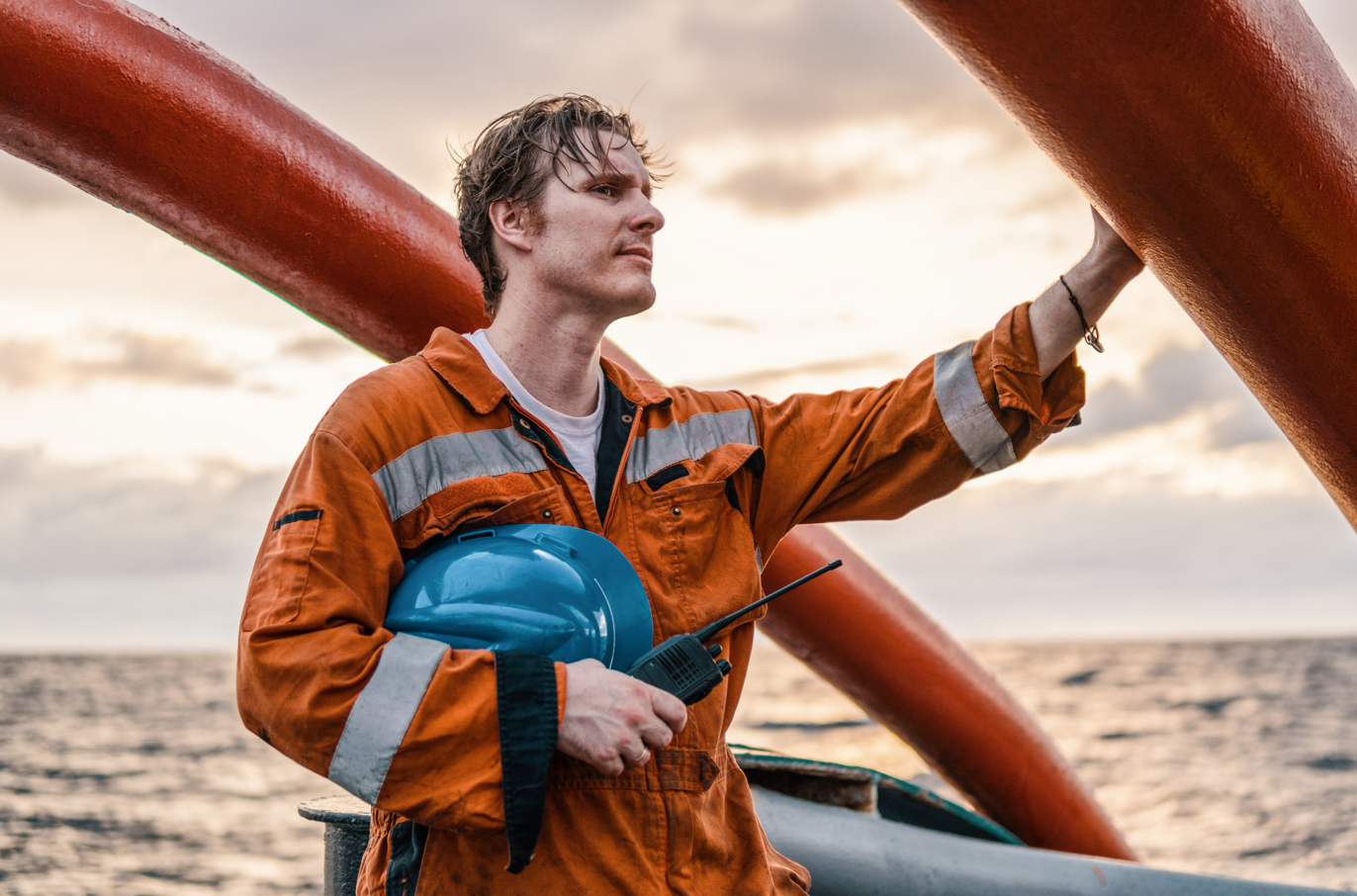Navigating Rough Seas: A Deep Dive into Seafarers' Career Satisfaction and Well-Being

Introduction
What does it truly mean to carve a life on the rolling waves? The Seafarers Happiness Index for Q3 2023, alongside a revealing LinkedIn survey, shed light on this question by capturing the pulse of those who steer through the world's vast blue frontiers. This blog post will weave together the stark realities and the silent victories of seafarers, offering you an in-depth analysis of what sustains their spirits and tests their resolve. By delving into the data, we promise to enrich your understanding of the maritime profession, revealing critical insights into the well-being of those who keep our global economy afloat. You'll emerge with a newfound appreciation for the seafaring community and the essential elements that can make or break their professional journey.
Understanding Seafarer Satisfaction
In a profession where the horizon is perpetually distant, a recent LinkedIn survey sought to gauge the career contentment of those who navigate the high seas. With 93 seafarers chiming in, the results were a close call: 56% would anchor themselves again in this career choice, while 44% would set sail towards different waters. This split in sentiment reflects a broader narrative of the seafaring life—one that combines the allure of open waters with the solitude of the sea.
The implications of these figures go beyond mere percentages. They echo the silent stories of the majority who find solace in the sea's embrace and a sense of purpose in the global dance of trade and transport. Yet, they also resonate with the concerns of a significant minority who ponder a different path, perhaps one less isolated and more grounded.
This dichotomy invites us to ponder: What fuels the loyalty of the 56%? Is it the unwavering camaraderie, the lure of adventure, or the noble tradition of this time-honored profession? Conversely, what doubts plague the 44%? Could it be the physical toll, the sacrifices demanded by long voyages, or the shadows of isolation?
As we navigate through this blog post, we will anchor our understanding in the comprehensive data from the Seafarers Happiness Index and the nuanced responses from the seafaring community. Together, these will illuminate the multifaceted reality of maritime life and chart a course towards enhancing the satisfaction of these vital yet often unseen mariners.
Analysis of the Seafarers Happiness Index Q3 2023
The Seafarers Happiness Index Q3 2023 report casts a somber shadow on the maritime community, noting a decline in overall happiness to 6.6/10, down from 6.77 in Q2. The Index, a reflective gauge of seafaring sentiment, cites three critical concerns: wages, workload, and connectivity—each a significant contributor to seafarer discontent.
The reduction in wages, compounded by inflation and a lack of periodic reviews, has eroded purchasing power, leading to a call for wages to be indexed to inflation and adjusted for cost-of-living increases. Workload has intensified, with expanded regulations, safety requirements, and administrative tasks overwhelming seafarers, leading to excessive stress and impacting mental health. The call for proper manning levels and effective workload management is loud and clear.
Connectivity, while a lifeline to family and the outside world, also brings the burden of constant contact and the potential for micromanagement, leading to a need for a careful balance that promotes mental health and well-being.
In conclusion, the Q3 2023 report highlights a workforce at the tipping point, underlining the necessity for immediate action in addressing the disparities in wages, rationalizing workloads, and managing connectivity for the betterment of those who sustain our global economy.

Positive Aspects According to Seafarers
The Seafarers Happiness Index Q3 2023, despite its revelations of challenges, also highlights the silver linings in the lives of seafarers. Here are the key positives that stand out:
- Shore Leave: Seafarers relish the chances for shore leave, which offers a much-needed break and the opportunity to recharge, reflecting the importance of work-life balance.
- Training: There is appreciation for training opportunities, seen as avenues for growth and professional development, essential for career longevity.
- Food: The quality of food onboard is acknowledged as a pivotal aspect of life at sea, contributing significantly to seafarers’ morale.
- Bonding and Camaraderie: The bonding experience during shore leave cannot be overstated. It's a time where crews can build relationships beyond the confines of their vessel, which is crucial for maintaining a positive onboard environment.
- Skill Enhancement: Continuous training ensures that seafarers are not only compliant with the latest regulations but also have a chance at promotion and personal development, which can be a strong motivator.
- Nutritional Satisfaction: The appreciation for onboard catering, especially when it manages to meet diverse tastes and maintain quality, reflects the importance of food in seafarers' daily lives.
Challenges and Issues Faced by Seafarers
The Seafarers Happiness Index for Q3 2023, coupled with recent LinkedIn poll results, casts a revealing light on the difficulties faced by those at sea and the discontent felt by a substantial segment of the workforce. Here are some of the challenges highlighted:
- Wages and Salary: The decline in salary satisfaction points to stagnant wages, with many seafarers feeling that their pay does not keep pace with the rising cost of living or reflect the intensity of their work.
- Workload: Many seafarers report feeling overwhelmed by their duties, citing increased regulations and administrative tasks as significant contributors to their stress, which impacts their overall happiness and job satisfaction.
- Connectivity: While access to communication with family and friends is crucial, some seafarers struggle with limited connectivity, which can exacerbate feelings of isolation and stress.
- Financial Security: The perceived inadequacy of wages in compensation for the hardships encountered at sea.
- Quality of Life at Sea: The intense workload and inadequate rest contribute to a poor work-life balance, affecting seafarers' mental and physical health.
- Isolation and the Need for Connection: Restricted connectivity hinders seafarers from maintaining relationships with loved ones, adding to the sense of isolation.
The Impact of Connectivity and Shore Leave

Connectivity and shore leave significantly impact seafarers' happiness and their willingness to continue in their profession. Modern communication has bridged the gap between sea and shore, yet the lack of consistent access to the internet on board ships has been a recurrent pain point. The ability to connect with family and friends provides emotional support and reduces feelings of isolation.
Policy Recommendations and Future Outlook
As we peer into the horizon of seafaring's future, the policies we advocate today will steer the wellbeing of tomorrow's maritime workforce. Robust measures are needed to address the concerns expressed in both the Seafarers Happiness Index and the LinkedIn survey:
- Economic and Social Security: Introduce a global seafaring wage standard, reflective of the high-risk nature of the job and inflation rates. This will provide economic stability and improve morale.
- Work-Life Balance: Mandate strict adherence to work and rest hours, supported by technological advancements that minimize human workload without compromising job security.
- Digital Inclusion: Prioritize investments in onboard connectivity to ensure that every vessel becomes a node in the global network, allowing seafarers to maintain essential social ties.
- Health and Well-being: Establish comprehensive healthcare policies, including mental health support, recognizing the psychological toll of long-term sea assignments.
- Diversity and Integration: Enforce a zero-tolerance policy towards discrimination, actively promote gender diversity, and create pathways for women in maritime, fostering a culture of respect and inclusion.
Conclusion

The insights gathered from the Seafarers Happiness Index Q3 2023 and the LinkedIn poll serve as a navigational chart highlighting the prevailing sentiments within the seafaring community. It is incumbent upon maritime stakeholders to forge policies that resonate with the needs and aspirations of seafarers. The commitment to such reforms is not merely an act of benevolence but a strategic imperative that underpins the robustness of the maritime industry's future. The collective endeavor to enhance seafarer welfare is a voyage that the industry must embark on with both urgency and empathy.




